
java怎么与数据库连接
工具:eclipse、MySQL、MySQL连接驱动:mysql-connector-java-5.1.45.jar
这是MySQL官方提供的连接方式(即MySQL连接驱动),解压后得到jar库文件,需要在工程中导入该库文件。
这是解压后的文件:(推荐教程:java教程)
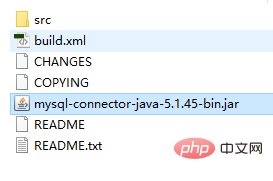
立即学习“Java免费学习笔记(深入)”;
1、新建java项目 然后新建一个文件夹——libs(用来放各种外部包)

右键工程名(我的是sqldemo1)—新建New—文件夹Folder—Folder name为libs—Finish。
2、在包里面加入连接mysql数据库的包
即刚才解压后得到的 mysql-connector-java-5.1.45-bin.jar
然后复制粘贴到我们java项目的libs文件夹下面(注意是物理地址里);
此时,在eclipse中—右击libs文件夹—刷新Refresh,就将下载好的JDBC放到该文件夹下,如下图所示:
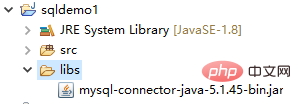
3、构建路径上的jar包
在eclipse中
a:点击项目Project——选择属性Propeties
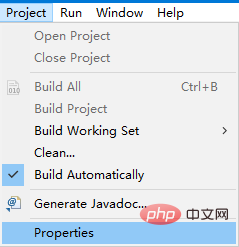
b:进行添加
打开属性Propeties后,点击java构建路径(Java Build Path)
点击添加jar(Add JARs...),选择你的项目下的jar包,然后确定,最后添加完成
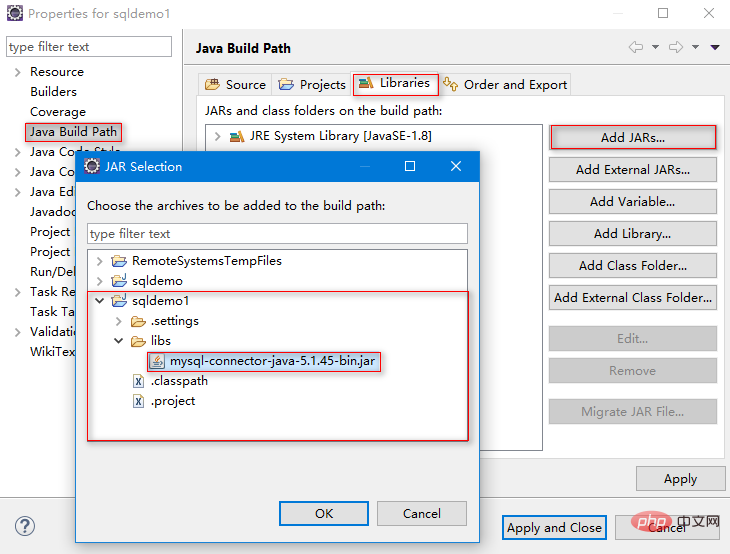

4、在java项目中进行mysql数据库的连接
在java项目包中新建两个Class类文件,我命名为DBHelper和Demo
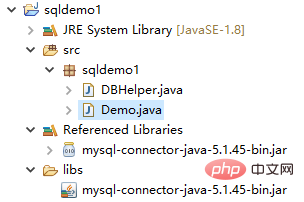
一个类用来打开或关闭数据库:DBHelper.java
package sqldemo1;
import java.sql.Connection;
import java.sql.DriverManager;
import java.sql.PreparedStatement;
import java.sql.SQLException;
public class DBHelper {
public static final String url = "jdbc:mysql://127.0.0.1/student";
public static final String name = "com.mysql.jdbc.Driver";
public static final String user = "root";
public static final String password = "";
public Connection conn = null;
public PreparedStatement pst = null;
public DBHelper(String sql) {
try {
Class.forName(name);//指定连接类型
conn = DriverManager.getConnection(url,user,password);//获取连接
pst = conn.prepareStatement(sql);//准备执行语句
} catch (Exception e) {
e.printStackTrace();
}
}
public void close() {
try {
this.conn.close();
this.pst.close();
} catch (SQLException e) {
e.printStackTrace();
}
}
}再写一个Demo.java来执行相关查询操作
package sqldemo1;
import java.sql.ResultSet;
import java.sql.SQLException;
public class Demo {
static String sql = null;
static DBHelper db1 = null;
static ResultSet ret = null;
public static void main(String[] args) {
sql = "select *from stuinfo";//SQL语句
db1 = new DBHelper(sql);//创建DBHelper对象
try {
ret = db1.pst.executeQuery();//执行语句,得到结果集
while (ret.next()) {
String uid = ret.getString(1);
String ufname = ret.getString(2);
String ulname = ret.getString(3);
String udate = ret.getString(4);
System.out.println(uid + "\t" + ufname + "\t" + ulname + "\t" + udate );
}//显示数据
ret.close();
db1.close();//关闭连接
} catch (SQLException e) {
e.printStackTrace();
}
}
}之后就可以测试
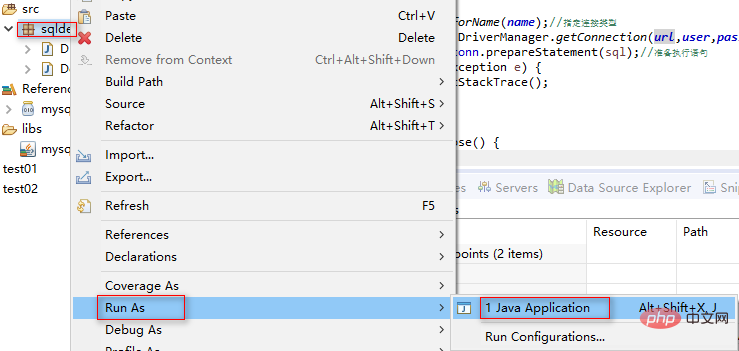
查询结果如下
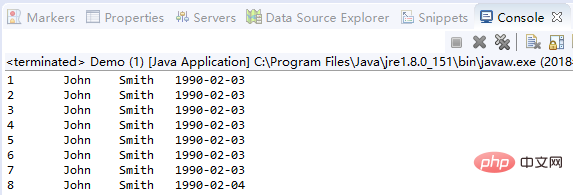
5、连接mysql数据库失败原因分析:
1、数据库的服务是否打开
2、是否在新建了对应的数据库
3、是否添加了jar包
4、是否加载了驱动
5、连接字符串、登录名以及密码是否有误
如果连接失败,看这几个因素是否发生
以上就是java怎么与数据库连接的详细内容,更多请关注php中文网其它相关文章!
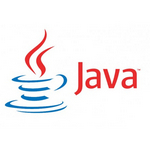
java怎么学习?java怎么入门?java在哪学?java怎么学才快?不用担心,这里为大家提供了java速学教程(入门到精通),有需要的小伙伴保存下载就能学习啦!

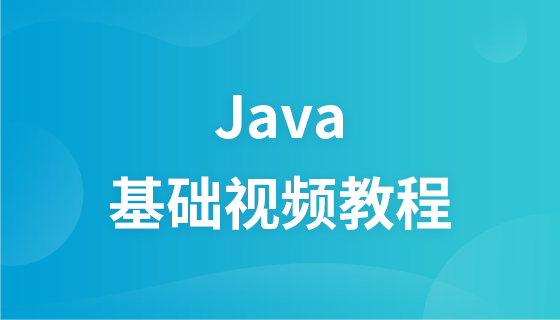
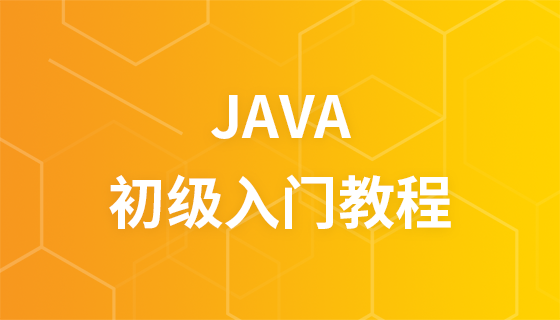

Copyright 2014-2025 https://www.php.cn/ All Rights Reserved | php.cn | 湘ICP备2023035733号